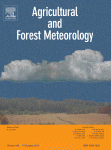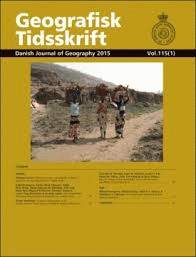Soil respiration is one of the largest and most important fluxes of carbon in terrestrial ecosystems. While eddy covariance methods are becoming widely used to measure nighttime total ecosystem respiration, the use of chambers placed over the soil is the most direct way of measuring respiration occurring within the soil and litter layers. Several decades of experience with chamber-based measurements have revealed most of the potential sources of error with this methodology. The objectives of this paper are to review several recently expressed concerns about uncertainties of chamber-based measurements of CO2 emissions from soils, to evaluate the direction and magnitude of these potential errors, and explain procedures that minimize these errors and biases. Disturbance of diffusion gradients cause underestimate of fluxes by less than 15% in most cases, and can be partially corrected for with curve fitting and/or can be minimized by using brief measurement periods. Underpressurization or overpressurization of the chamber caused by flow restrictions in air circulating designs can cause large errors, but can also be avoided with properly sized chamber vents and unrestricted flows. We found very small pressure differentials (±0.1 Pa) and modest (15%), inconsistent errors in flux estimates using our chamber design. Somewhat larger pressure differentials (±0.9 Pa) were observed under windy conditions, and the accuracy of chamber-based measurements made under such conditions needs more research. Spatial and temporal heterogeneity can be addressed with appropriate chamber sizes and numbers and frequency of sampling. For example, means of eight randomly chosen flux measurements from a population of 36 measurements made with 300 cm2 diameter chambers in tropical forests and pastures were within 25% of the full population mean 98% of the time and were within 10% of the full population mean 70% of the time. Finally, comparisons of chamber-based measurements with tower-based measurements require analysis of the scale of variation within the purported tower footprint. In a forest at Howland, ME, soil respiration rates differed by a factor of 2 between very poorly drained and well drained soils, but these differences were mostly fortuitously cancelled when spatially extrapolated over purported footprints of 600–2100 m length. While all of these potential sources of measurement error and sampling biases must be carefully considered, properly designed and deployed chambers provide a reliable means of accurately measuring soil respiration in terrestrial ecosystems.
DOI:
https://doi.org/10.1016/S0168-1923(02)00100-4
Altmetric score:
Dimensions Citation Count:
00100-4&apiKey=3948bb216041dbffcb29a618defafc29&httpAccept=image%2Fjpeg)























